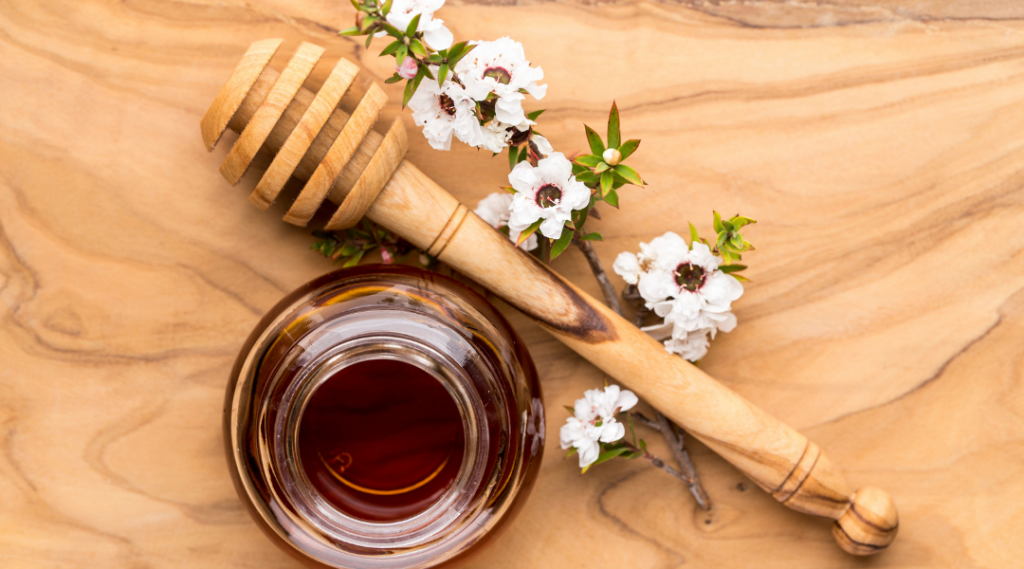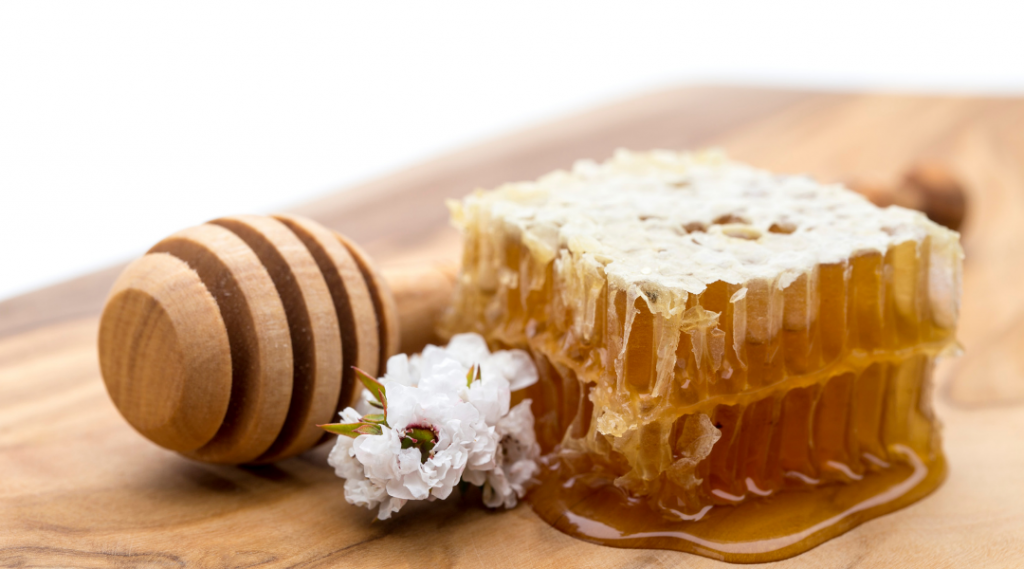Forest honey is a different type of honey from what we are used to. It differs from the honey that we can consider common honey in that the origin of forest honey is from trees, while the other comes from flowers.
As we mentioned in previous posts, due to its origin and production, this type of honey is known as mielato or mielada -some people call it honeydew-. It also has different characteristics in terms of both flavour and properties.
Processing and harvesting of forest honey
Forest honey is made by bees from resins and sugary substances from trees or secretions of other insects. This gives the honey a different kind of quality and appearance.
The bees collect these substances from the sap of the trees and transport them to the hive. There they carry out a series of enzymatic processes to sweeten and obtain the final result, from which forest honey is made.
As it does not require nectar from the flowers for its production, the bees can harvest honey at times when the flowering season is over. Thus, after the summer and during the autumn, this honey is still in the process of being made.

Differences between forest honey and blossom honey
Forest honey has other qualities that differentiate it from other honeys made from the nectar of flowers. In addition to the origin and the production processes they follow, there are other characteristics that distinguish these two varieties of honey.
In terms of appearance, forest honey is darker in colour than blossom honey, with a more consistent texture due to the substances it contains.
In terms of flavour, forest honey is stronger and more intense, malty and with slight salty hints.
Honeydew is characterised by a lower sugar content than nectar. This is why this type of honey is less sweet than flower honey. This makes forest honey an ideal sweetener, as it offers an intense flavour but with less sugar, which is more beneficial to health.
It also has a quality admired by many honey lovers. It is its slow crystallisation process. Over time and due to various factors, honey tends to crystallise, i.e. it solidifies. Although this is not harmful, many people do not like it, which is why this honey is quite popular.

Health benefits
In addition to offering a distinct taste, forest honey has also been found to be a very beneficial product for health. Its properties have been studied to prove, with positive results, the health benefits it offers.
If honey is already considered a food with healthy properties for the organism, forest honey offers even more beneficial qualities. Its antioxidant capacity is the highest of all honeys, making it an exclusive product.
It is also a honey with a high content of mineral salts, ideal for the recovery of our body. Positive results have been observed in terms of its effects on lung diseases, such as asthma and bronchitis.
Like other honeys, it has a certain balsamic capacity which is very useful for soothing inflammations or soothing irritations. It also has digestive and astringent properties, positive for treating gastrointestinal problems.
You may also be interested in:


